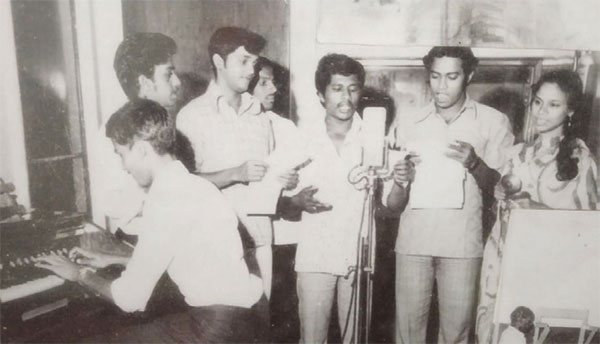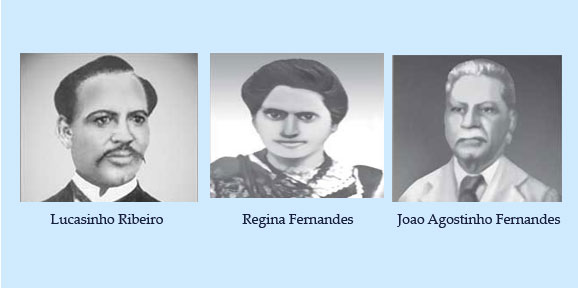
Goan theatres have a rich history that reflects the cultural evolution of the region through time. From traditional folk performances to modern drama, Goan theatre has evolved, showcasing the creativity and talent of its people.
Early Beginnings
Goan theatre’s origins trace back to traditional folk performances that were integral to the region’s culture. “Jagar,” one of the earliest forms, involved ritualistic music, dance, and storytelling, often held in temples and village squares. Another popular form, “Zagor,” blended drama and comedy, performed during festivals and special occasions. These folk performances served as mediums for storytelling and social commentary in Goan culture.
The Portuguese Influence
The arrival of the Portuguese in the 16th century significantly influenced the evolution of Goan theatre. They introduced Western theatrical styles, including proscenium stages and scripted plays, transforming local performances. The Portuguese also encouraged religious dramas known as “Mussol,” which depicted biblical stories and the lives of saints. These plays were performed in Konkani and Portuguese, reflecting the cultural blend of the time.
Tiatr: A Unique Goan Theatre Form

The creation of “Tiatr” in the late 19th century marked a significant development in Goan theatre. Joao Agostinho Fernandes, known as the “Father of Tiatr,” staged the first Tiatr play, “Italian Bhurgo,” in 1892. Tiatr, a unique form of musical theatre, combines drama, music, and comedy, engaging audiences with lively stories and topical humor. It often addresses social issues, politics, and everyday life, making it relatable to Goans.
Modern Goan Theatre

In the 20th century, Goan theatre continued evolving with influences from Indian and Western theatrical traditions. Modern drama groups emerged, experimenting with new forms and themes, enriching the cultural landscape. The Goa Kala Academy, established in 1970, played a crucial role in promoting theatre by organizing festivals, workshops, and competitions. It provided a platform for aspiring playwrights, actors, and directors to showcase their talent and creativity.
Today, Goan theatre remains a vibrant part of the cultural landscape, with Tiatr still immensely popular among locals. Performances draw large audiences, with modern plays in Konkani and English regularly staged across Goa. Theatres like Ravindra Bhavan in Margao and Kala Academy in Panaji host a variety of performances, from traditional plays to experimental theatre.
Conclusion
The evolution of Goan theatres reflects the region’s rich cultural heritage and adaptability through changing times. From traditional folk performances to modern drama, Goan theatre has evolved, celebrating a unique blend of traditions and contemporary influences. It remains a vital part of Goa’s cultural identity, preserving the past while embracing the future.


